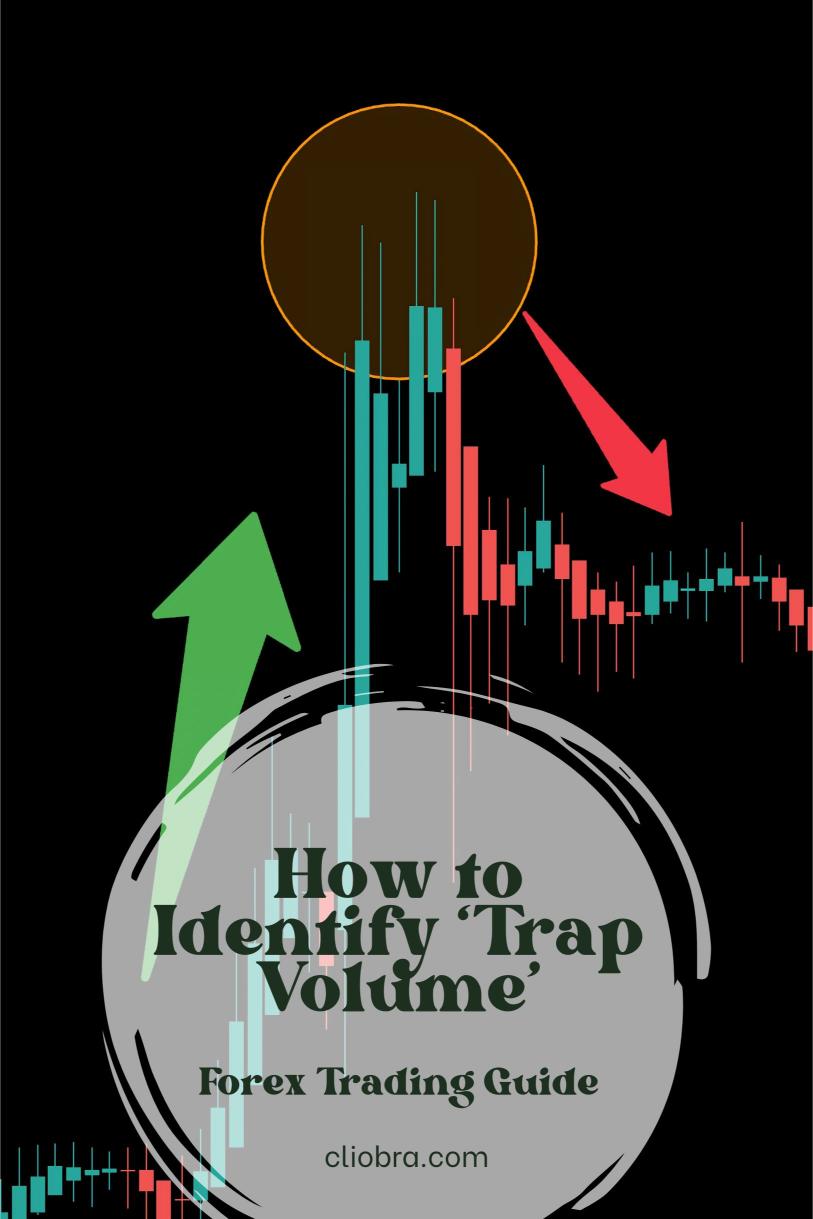Last Updated on February 18, 2025 by Arif Chowdhury
Ever feel like you’re chasing your tail in Forex trading?
You know those moments when you think you’ve found the perfect setup, only to watch the market turn against you?
That’s the trap.
Today, I want to share how to spot ‘trap volume’ and dodge those retail trading pitfalls.
Let’s dive in!
What is Trap Volume?
Trap volume happens when there’s a sudden spike in trading activity that misleads retail traders.
Imagine this: You see a surge in volume and think it’s a clear signal to jump in.
But here’s the kicker—most of that volume comes from big players trying to shake you out.
They’re using their size to create illusions.
Why is Trap Volume Dangerous?
- Misleading Signals:
You might interpret high volume as strong demand, leading you to enter a trade at the wrong time. - Increased Risk:
You’re more likely to get caught in a losing position when you follow the crowd. - Emotional Trading:
Seeing others jump in can trigger FOMO (fear of missing out), pushing you to make impulsive decisions.
How to Identify Trap Volume
Identifying trap volume isn’t rocket science.
Here are some quick tips to help you spot it:
- Look at the Context:
Volume spikes should align with price action. If volume spikes but price doesn’t move significantly, it’s suspect. - Check for Divergence:
If price makes a new high but volume doesn’t, that’s a red flag. Big players aren’t supporting the move. - Use Volume Indicators:
Tools like the Volume Profile can help you visualize where most trades are happening. - Be Aware of News Events:
Major news can skew volume. Always check the calendar before diving in. - Watch for Reversal Patterns:
A sudden volume spike followed by a reversal pattern often indicates a trap.
Real-World Stats
Did you know that around 70% of retail traders lose money?
Identifying trap volume can significantly improve your odds.
Also, studies show that over 80% of price movements are driven by large players.
Understanding their tactics is key to protecting your capital.
My Trading Approach
As a seasoned Forex trader since 2015, I’ve spent years honing my skills in both fundamental and technical analysis.
I focus a lot on the latter.
In my journey, I developed a unique trading strategy that’s proven to be profitable over time.
It’s about consistency, not just big wins.
That’s why I created a portfolio of 16 sophisticated trading bots.
These bots are strategically diversified across major currency pairs like EUR/USD, GBP/USD, USD/CHF, and USD/JPY.
Each pair has 3-4 bots that work together to minimize risks and maximize returns.
This multi-layered approach reduces the chance of simultaneous losses across all bots.
These bots operate on H4 charts, aiming for long-term gains of 200-350 pips.
They’ve been backtested for 20 years and perform excellently—even in harsh market conditions.
And guess what?
I’m offering this entire EA portfolio for FREE!
You can learn more about it here.
Avoiding Retail Trading Pitfalls
To steer clear of common traps, keep these tips in mind:
- Stick to Your Plan:
Have a trading plan and stick to it. Don’t let emotions dictate your trades. - Use Risk Management:
Always use stop-loss orders and never risk more than you can afford to lose. - Educate Yourself:
Knowledge is power. Stay updated on market trends and continuously refine your skills. - Follow the Smart Money:
Pay attention to where institutional money is flowing. They often know something you don’t.
Finding the Right Broker
Choosing the right broker is crucial to your success.
You want one that offers tight spreads, excellent customer support, and reliable execution.
After extensive testing, I recommend checking out the top forex brokers that stand out in these areas.
You can find a list of these brokers here.
Conclusion
Identifying trap volume is essential to avoid retail trading pitfalls.
It requires a keen eye and a solid strategy.
By using the tips above and leveraging tools like my 16 trading bots, you can enhance your trading performance and mitigate risks.
Stay sharp, keep learning, and remember—the market is always teaching.
